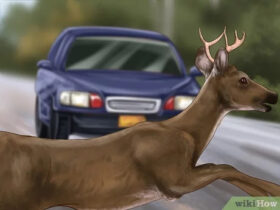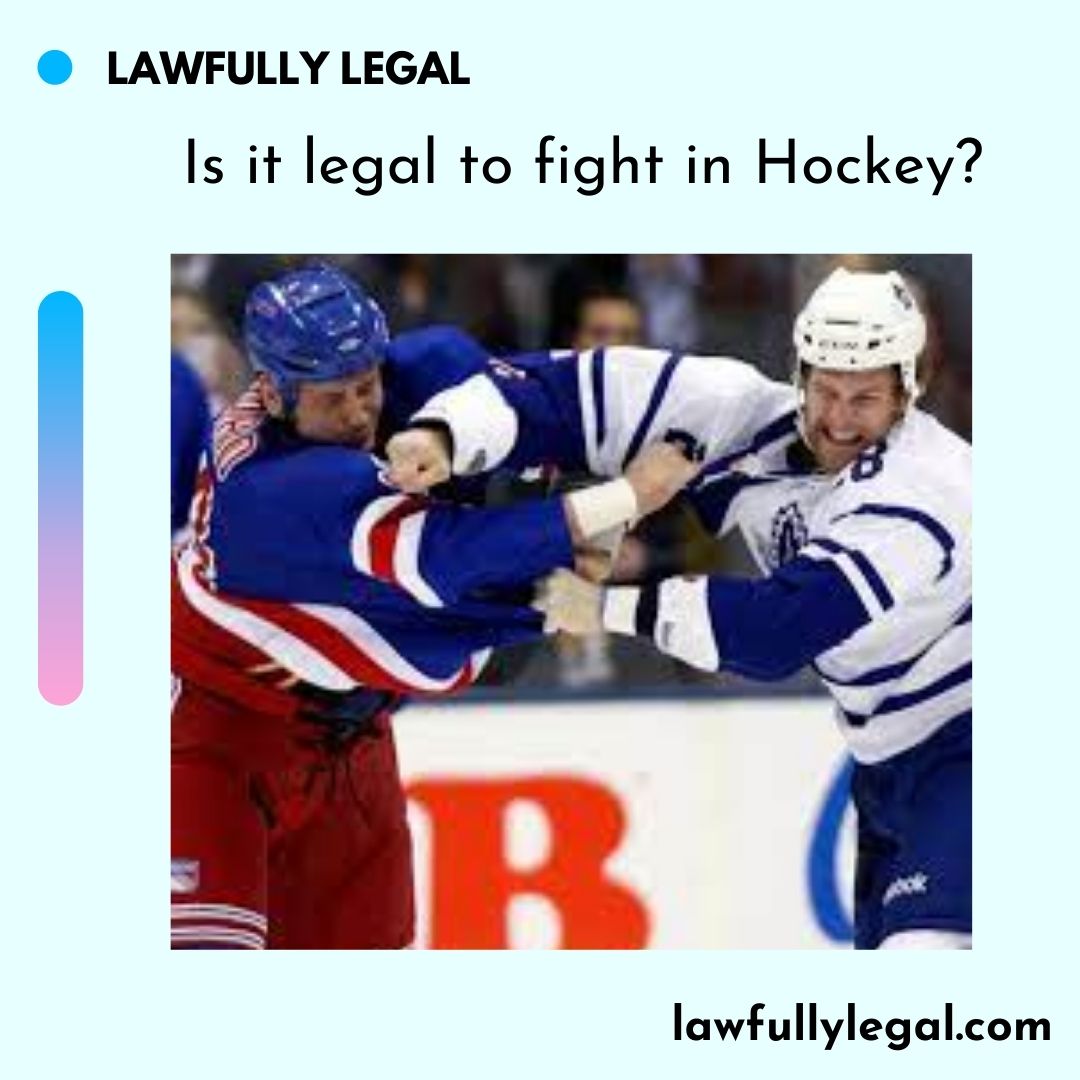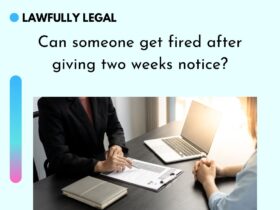Is it legal to fight in Hockey?
Why this question has arrived?
Why fighting is allowed in the NHL, and there are no plans to ban it?
In most other sports, there are serious consequences for fighting. However, in hockey, fighting is part of “The Code.”
Fighting has been an officially accepted part of hockey at the professional level for almost a century.
Rule 46 in the NHL rule book allows referees to determine appropriate penalties after a fight.
In 1922, the National Hockey League incorporated Rule 56 into its official rule book, which governed what it then called “Fisticuffs” as an official part of the game.
Today, the section of the NHL rule book dedicated to fighting is Rule 46. It says that referees are given “very wide latitude in the penalties with which they may impose under this rule.” According to former NHL official Kerry Fraser, fighting is technically a rule violation.
Any player who fights is automatically subjected to sitting in the penalty box for at least five minutes. Additional penalties, including ejection, can be imposed if deemed necessary by the referee.
We sought to understand why this sanctioned violence is still embraced by the league and why it doesn’t appear to be going away any time soon.
NHL Commissioner Gary Bettman called fighting a “thermostat” for the game, and that it “may prevent other injuries.”
According to author Ross Bernstein, who wrote the book “The Code: The Unwritten Rules of Fighting and Retaliation in the NHL,” fighting is a way for the sport to “police itself,” and to remind players that there are consequences for stepping over the line during play in such a way that “the Code” is violated.










Leave a Reply
View Comments